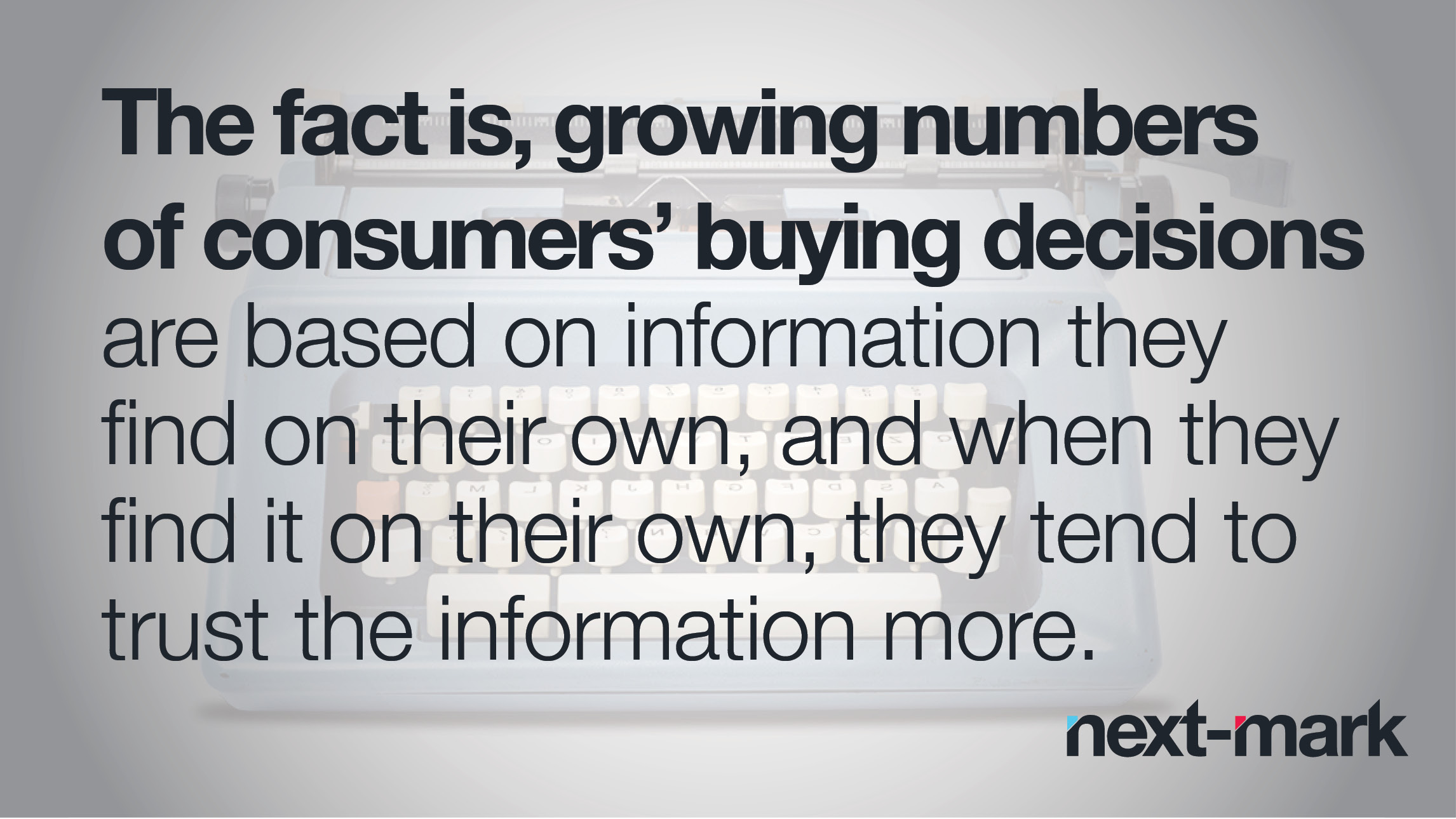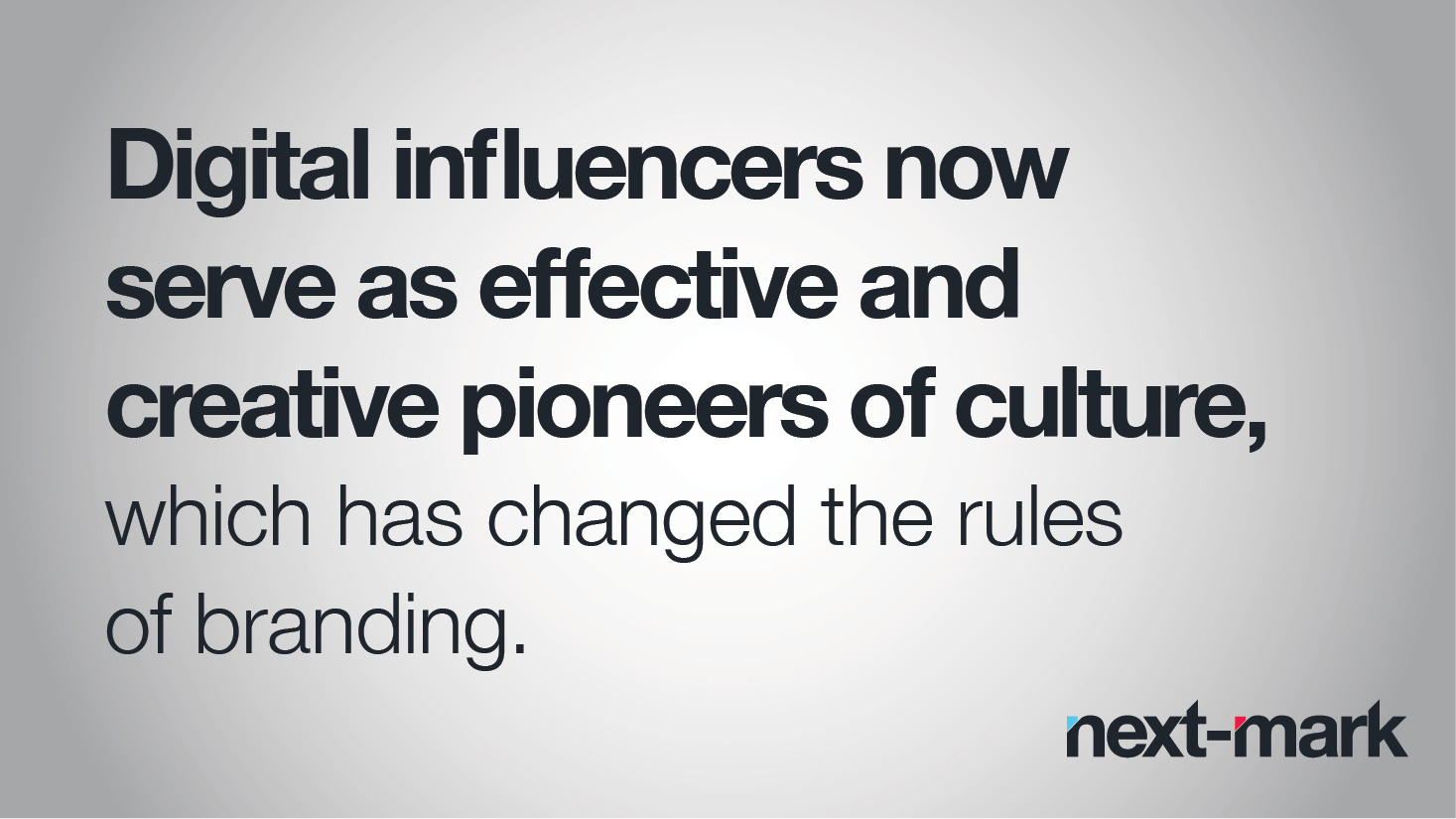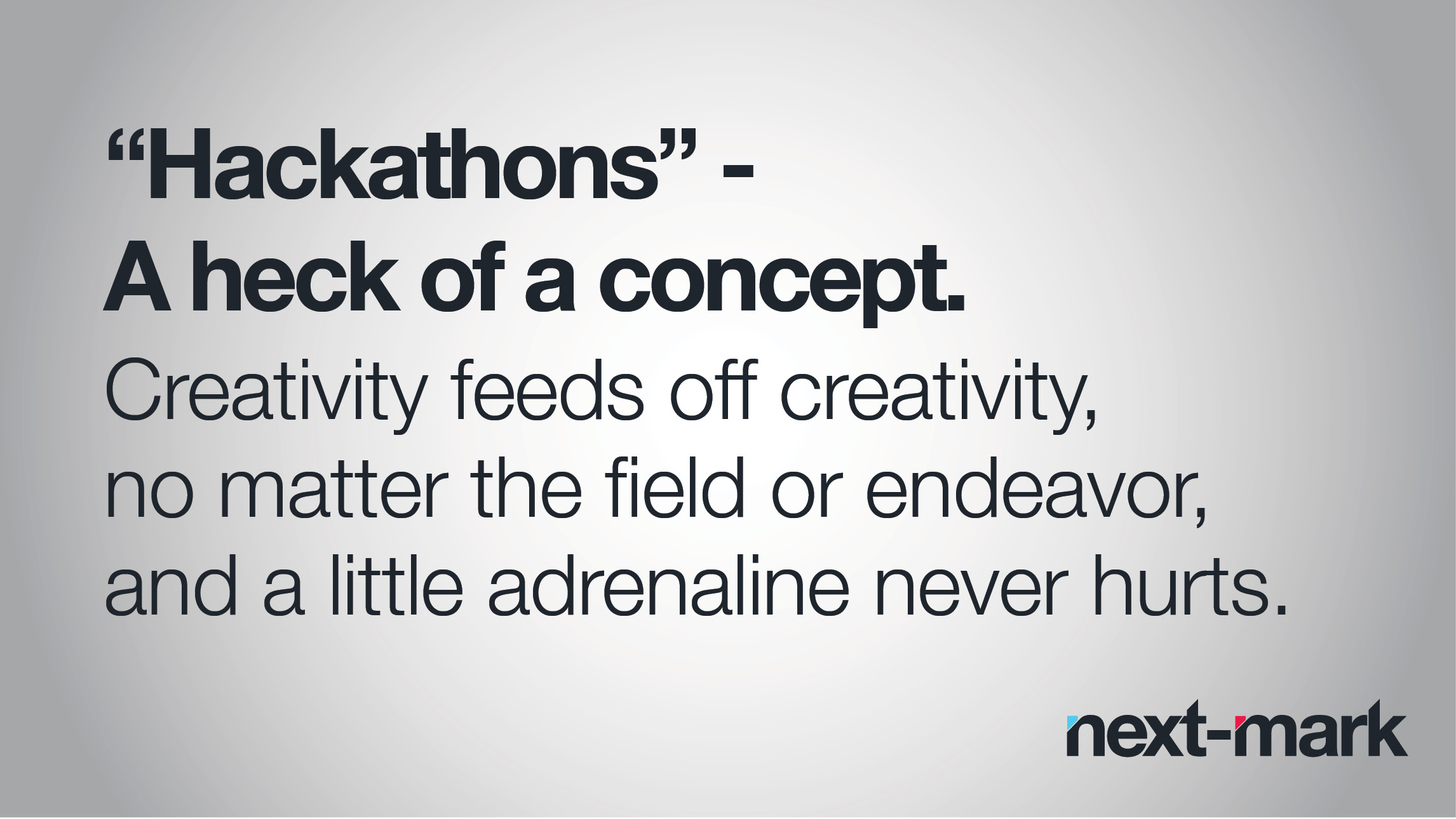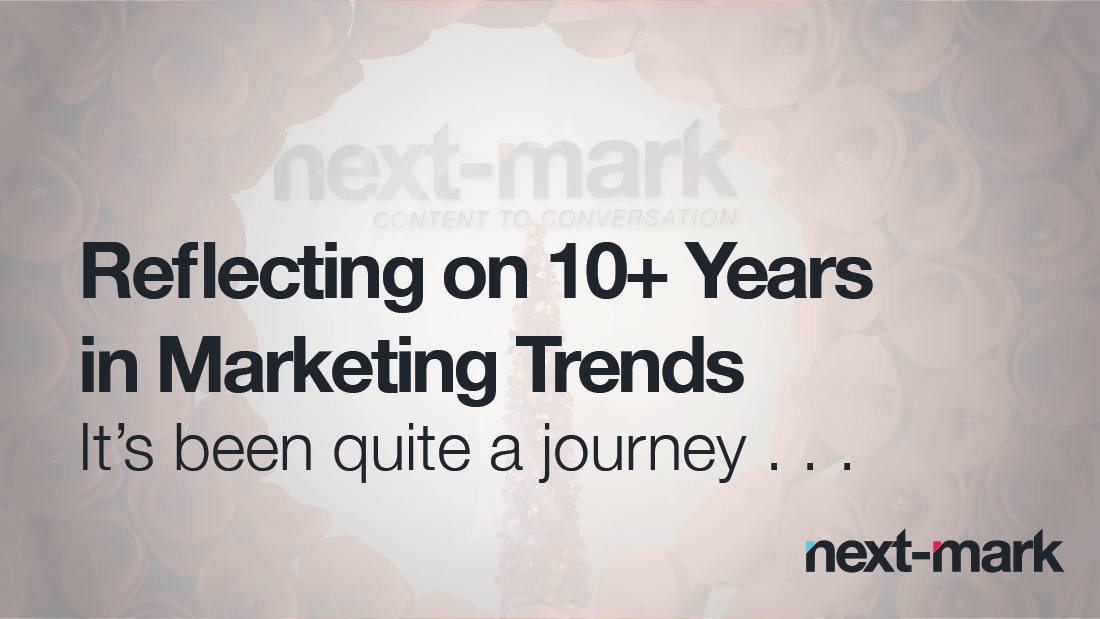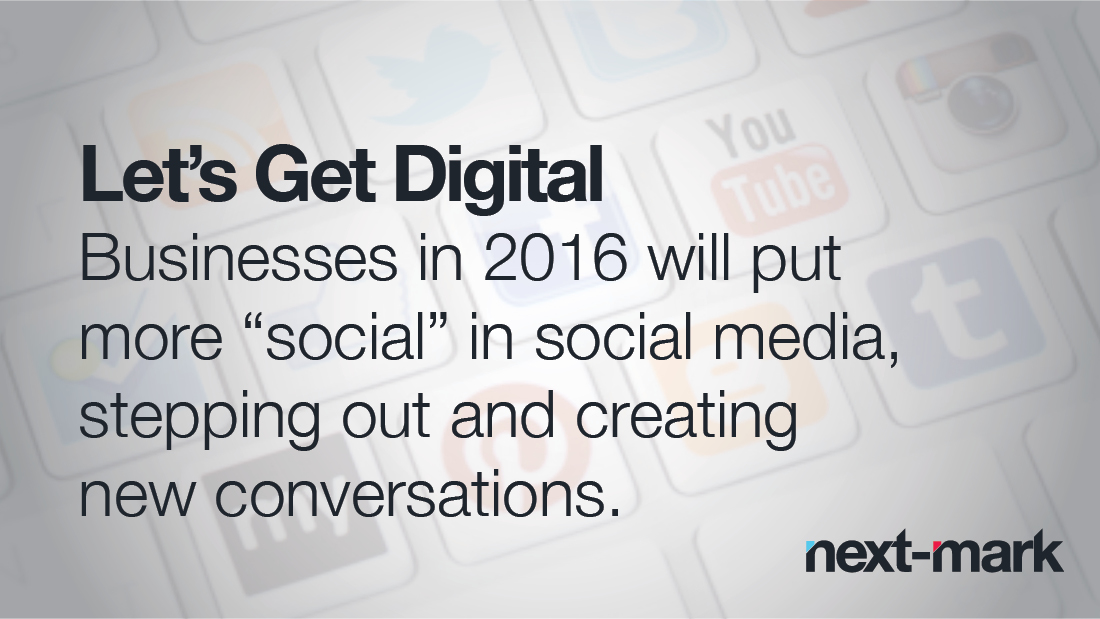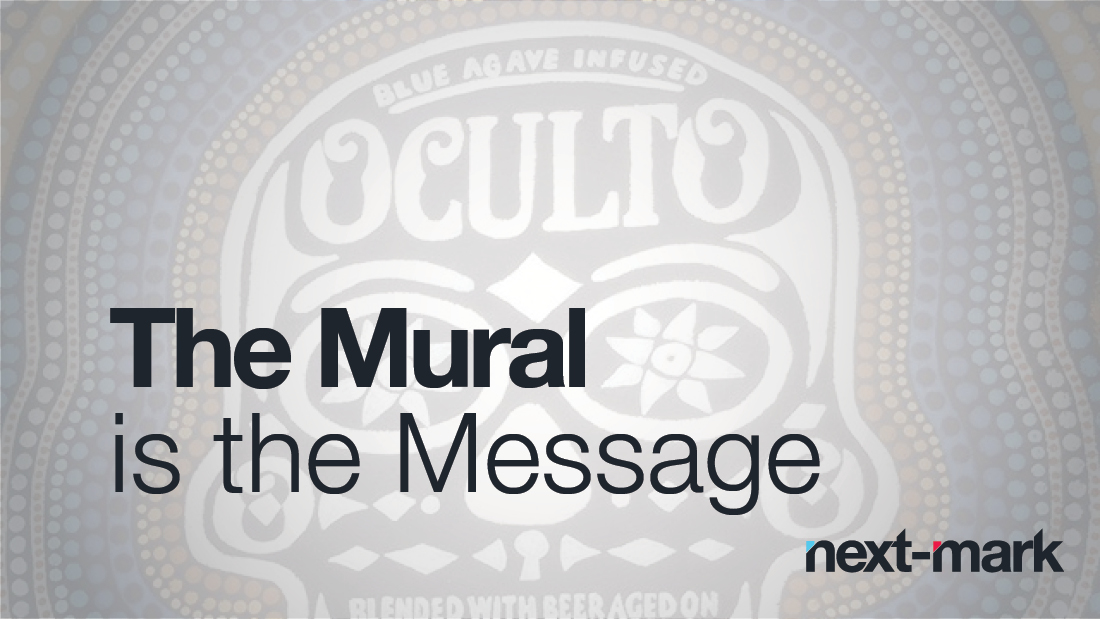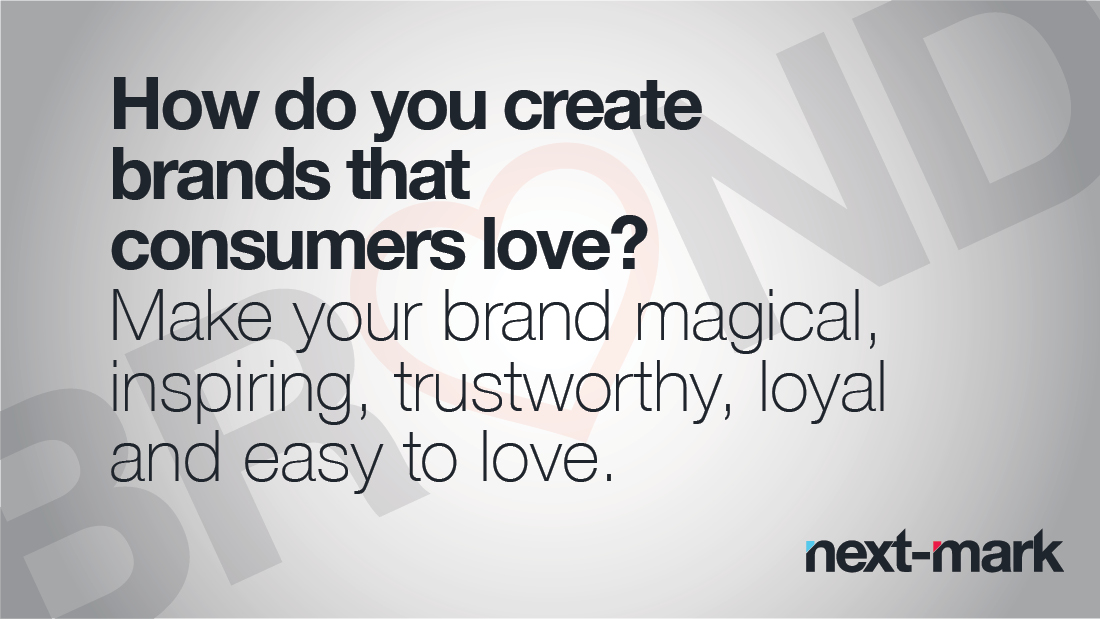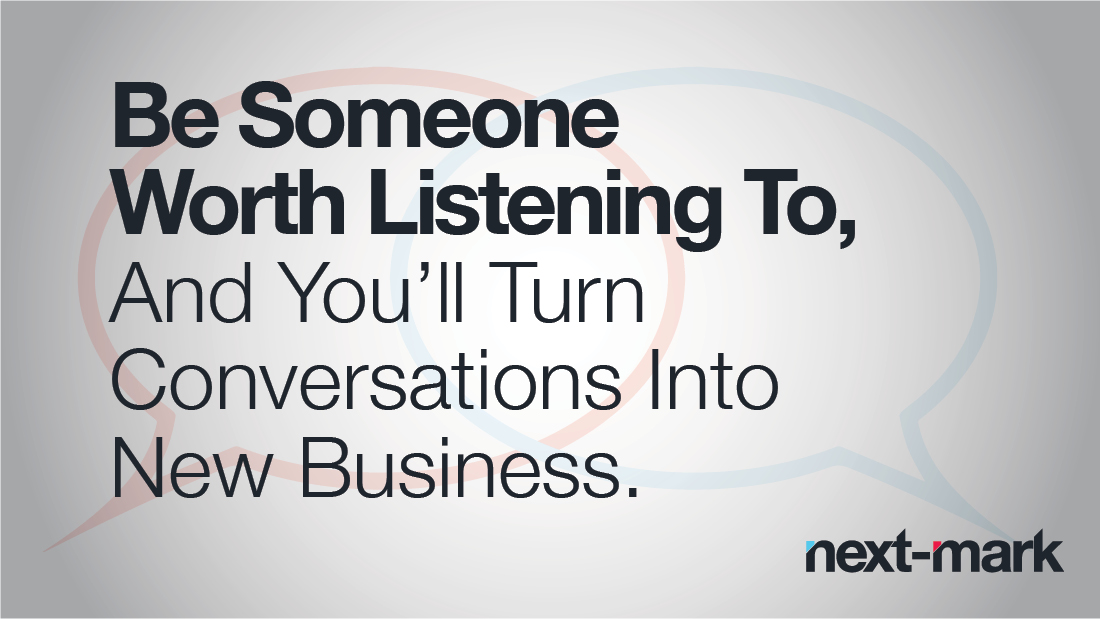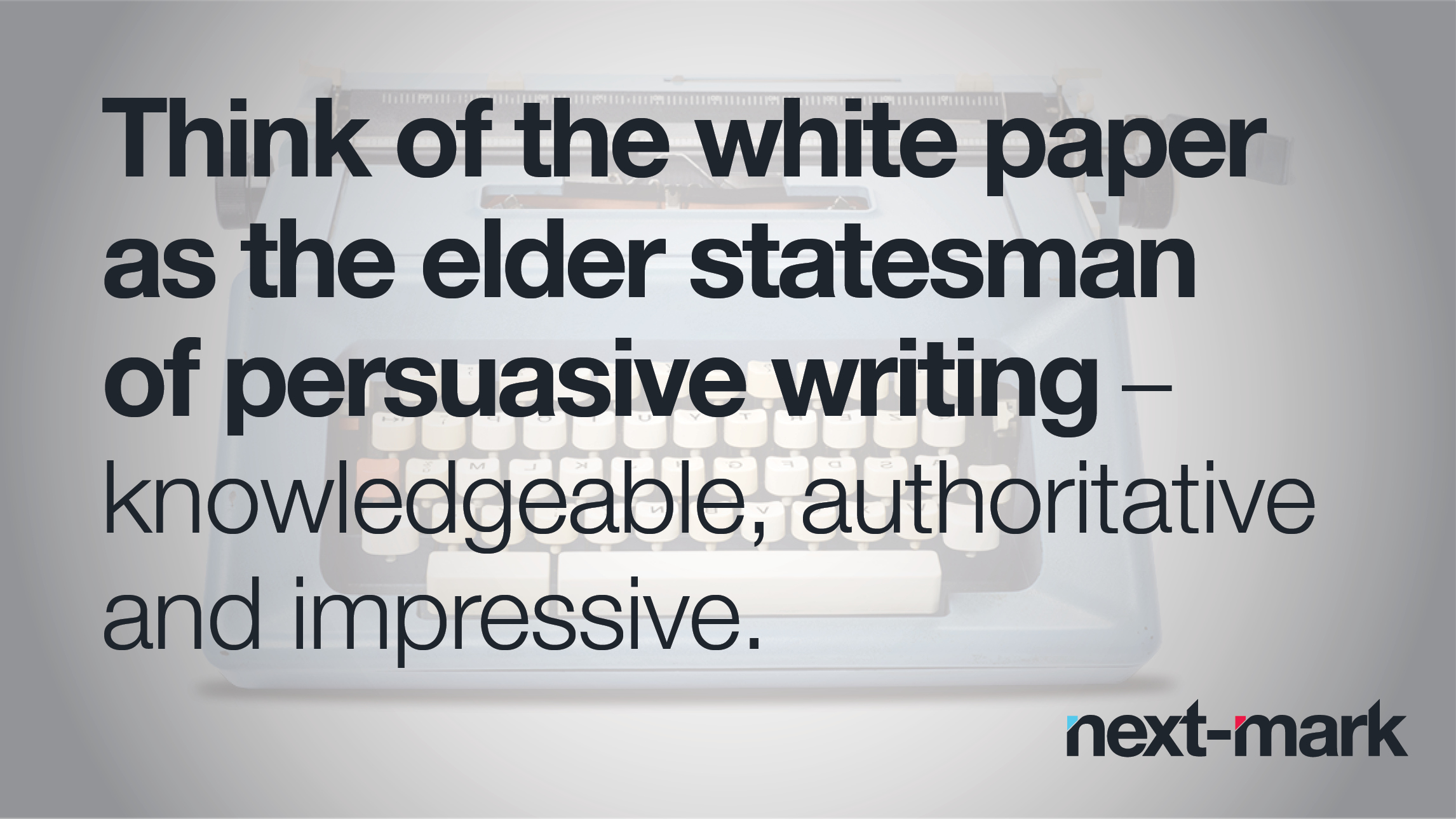
White papers are a great way to demonstrate corporate expertise, create a thought leadership position in an industry and provide value to prospects, customers and others.
Once done, these publications can serve as grist for social media, trade journal articles, presentations and even marketing collateral, with some added spin. When done well, they get passed on, expanding your reach in perhaps unexpected ways. When refreshed, they give you another opportunity to reach out to your target audiences.
Yep, white papers can do a lot – if, that is, you don’t ask them to do too much.
There’s an old saying that a camel is a horse designed by a committee. This sad fate can befall white papers, as well, when too many people with too many ideas attempt to create one solid document. With that in mind, here are a few things to remember when planning and creating a white paper.
- Choose your writer or writing team carefully. If outsourced, look for experience, expertise and demonstrated success. If internal, make sure you are using subject matter experts who not only have writing talent but also actually want to do it. People who love to write – and are good at it – often will jump at the chance. Those who don’t – or aren’t – can bring progress to a halt.
- Create an outline of the issue/topic you wish to address and product/service capabilities you want to highlight. Remember: You’re not making a sales pitch; you’re solving a problem or providing elucidation.
- Decide on the key topics you want to showcase through callouts, bullets, sidebars and graphics to pull the reader through – or back.
- Stay on topic! Throwing in additional – especially disparate – subjects as you go along dilutes your primary message and doesn’t do other topics justice. If a new subject is that good, consider giving it its own paper.
- Know what makes your audiences tick. Don’t assume. If your white paper misses their hot buttons, you’re assured of a cold reception.
- Back up every point you make with facts, statistics, quotes from experts, etc.
- Set a deadline and meet it. Don’t let it become the project that won’t go away.
- Make sure the design is as professional as the copy and adds to, rather than detracts from, readability.
- Once it’s done, actively promote it. Posting it on your web site is not enough.
Think of the white paper as the elder statesman of persuasive writing – knowledgeable, authoritative and impressive. Given the respect it deserves in its creation, it can help your organization reflect those same attributes, building business and reputation.
